Every so often there comes an original indie game that really stands out from the crowd. Anna, a short, artistic first person psychological horror and adventure game is certainly one of those. Not too long ago I reviewed another game that takes you through a minimalistic, isolated journey, Dear Esther. That one had its heart in the right place and was quite interesting, though not for everyone. Lets see if Anna is as impressive as some have made it out to be.
CLOSER LOOK
This review was originally written before Extended Edition was released. However it has been updated to accommodate the changes and additions from Extended Edition. The Extended Edition adds new locations, more references to The Shining, new puzzles (as well as revamping most of the existing ones), five new endings, new inventory, and expands storytelling by adding books and more monologues.
Originally, Anna was exclusive to Desura which is a good and very small program so it’s not a problem. Now it’s on Steam as well. Anna is a mix of genres, relying strongly on psychological aspects as well as a scary atmosphere. It takes place in what appears to be an abandoned home. Who’s home is it? What’s going on there? Those are things you have to find out.
Inside the home you’ll find a dark and highly disturbing atmosphere, holding many secrets, many questions, and if you’re good enough to find them, many answers. It becomes clear that something horrible occurred in this house, and as you explore more, you’ll find bits and pieces to help piece together the story.
Believe it or not, throughout the game you’ll explore the front yard and the house, nothing more. Many will ask, “how can a game take place only in a house?” Well, technically speaking, one popular game does: Luigi’s Mansion. But on a serious note, Anna is a short game. There are three endings in the normal version of the game – one can be achieved in around two hours, while the others will probably take over three hours. However, Extended Edition brings the amount of endings up to a total of eight. Each ending is substantially different, and some can be quite hard to achieve, though others are very easy to achieve. It can take anywhere from 5-8 hours to achieve some of the endings in Extended Edition. The true ending proved to be quite difficult for most people to obtain. If you really get stuck on the puzzles and don’t rely on guides, you might take well over a dozen hours to finish the game.
Anna revolves around puzzle-based gameplay, vaguely similar to those in the older Silent Hill games. However, aside from Silent Hill 3 with riddles set to hard mode, Anna has the most difficult puzzles I’ve ever seen in the game. Some of them had me totally stumped for some time, and I’ve been through the first two Silent Hill games, most of the Resident Evil franchise (before they turned to shooters), Penumbra series, and Amnesia: The Dark Descent. Anna is much more challenging than those.
The original version of the game gives you almost no clues for any of the puzzles. However, Extended Edition gives you the perfect amount of hints to complete the puzzles. So you’re given something to go on, but most of them still take a lot of thinking.
Throughout the house, you’ll encounter a variety of different puzzles and extremely creepy atmosphere. This is a very dark game, and I dare say it is the creepiest game I’ve ever played. This alone is a huge accomplishment, looking at the games I’ve played, but it achieves this status despite the fact that you can’t even die in the game. That’s right. Despite the lack of obvious dangers, Anna sent chills down my spine unlike anything I’ve ever seen. The amount of creativity it makes to do such a thing; to be one of the creepiest, scariest games ever without even allowing the player to die, is unbelievable, and they pulled it off.
Extended Edition does add a sort of “Sanity meter”. Witnessing and falling victim to the 15 dynamic, randomized supernatural events, will lower your sanity. If your sanity depletes, your game is over. You don’t die and respawn, you’re given a premature ending.
Thankfully, Anna is not one of those games that gives you a clear objective. Such a thing wouldn’t fit into a game like this at all. Your goal is to explore the house and unravel the mysteries inside. What makes this game so unique is that you can explore the house as much as you want. If you rush through and are shallow, then you’re given opportunities to leave early, coming to a certain conclusion and ending the game. However, the more you explore, and the deeper you immerse yourself in insanity, the more you’ll discover. More rooms will be unlocked, more questions will be asked, and if you’re lucky, more answers will be found.
Extended Edition actually adds a dynamic AI to the game, in the form of this bizarre mannequin. It teleports/follows you around in an unpredictable pattern, and can actually damage your sanity, leading to a premature ending if your sanity is totally depleted. Although I thought it was obvious, the mannequin’s symbolism is also simply spelled out for players if they find the right intuitions or written-out clues, a feature which will be discussed shortly.
The storyline is good and quite complex. To be honest I look at Anna as if it were a piece of art, almost like a painting if anything. It is someone else’s expression of insanity. Like a painting or dream of such (I don’t consider this, and the developing studio’s name Dreampainters to be a coincidence), there are things about this world you won’t understand but it’s ambiguous enough to let you draw your own conclusions. At the end of the game, I felt like I had just gazed into the mind of a totally insane person. It’s an amazing, terrifying, and at times irrational world and this just makes the game so much better.
Though if you get one of the premature endings, you’d hardly come to the same conclusion I did. You’d think it’s a rather straightforward game with some weird, inexplicable events that just can’t be explained. But if you play through to the end, you’ll arrive at a totally different occlusion and if you’re analytical enough, you’ll come up with an explanation for almost everything.
If you don’t want to be taken by surprise, watch the video above and then check out this aftermath, which is actually one of the randomized dynamic supernatural events. Fun times…
The original version is much more ambiguous than Extended Edition. Most of the ideas are still clearly expressed however, through symbolism and metaphors. Extended Edition adds text boxes that simply state these ideas in clear, probably since gamers just demand clear-cut answers everywhere.
Another good example of this is the Penumbra series, which had a somewhat ambigious haunting finale in Black Plague. But fans demanded a clear-cut ending, so Frictional Games gave them one in Requiem. I find this to be highly unnecessary and it takes away the brilliance of the game: it’s much easier to simply tell a story by writing it out, but it takes real artistic vision to tell a story primarily by metaphors and symbolism the way Anna does it.
So I’m not happy about Extended Edition spelling everything out, but I won’t take off points for it. I believe there’s an option to disable these text boxes actually, but some of them are quite useful in aiding with some of the puzzles. Besides, that’s not the only difference in terms of storytelling in Extended Edition. It does expand on the metaphorical/symbolic storytelling side considerably, and this much is welcome.
Throughout the game, be on the lookout for books scattered around. These books provide insight on the lore and world Anna revolves around, which includes the Bronze Age and religious Pagan cults. These were added to Extended Edition and not found in the original game.
Also added is a new “Intuition” system, which are basically written clues to the story. In-game you can combine these intuitions to piece the story together, like a detective. Like I said earlier, these were added since most gamers weren’t able to make these connections with the monologues, symbolism, and metaphors in the original game. But I find them to be unnecessary, as I made these connections quite easily in the original game.
As I mentioned earlier, new locations are among the many additions in Extended Edition. Above is a video of the most interesting one, the Living Quarters. Also in the video are some of the dynamic, randomized supernatural events. These events occur randomly throughout the game, so you’ll never know what to expect. A similar system is used in Underhell, which will also be reviewed upon Chapter One’s release. I’ve recorded nine of these events; you can find them here if you don’t want to be taken by surprise in-game.
Gameplay mechanics are not a strong point for this game. Although you can interact with lots of objects in the world, almost like Penumbra and Amnesia, doing so is rather clunky. The inventory system and object use is also not ideal, despite Extended Edition’s revamped inventory.
Sometimes I think that this game would have been better off as a mod for Amnesia or a Source mod, for these reasons. Gameplay would be smoother, but overall Anna’s gameplay is tolerable. The storytelling is incredible, using mostly metaphors and symbolism to convey their ideas. Extended Edition spells everything out for the more simple minded folk.
AUDIO & VISUALS
Anna uses the Unity engine and has an artistic touch. The result is quite nice overall, though it is shocking that the grass outdoors is 2D and rotates if viewed from different angles. The game uses higher texture resolutions than most and this is obvious, but also very welcome. Indoor lighting is great. It should be easy enough for anyone to run, especially on lower settings since its such a small world. I’m afraid I can’t give much insight on performance, since I only run a 1920 x 1080 monitor and I use a single GTX 680 so of course I get a solid 60 FPS with frame rate capped to 60.
The polygon count on some special objects is amazing, as you can see in the photo above. Visual quality works in Anna’s favor, enhancing the atmosphere. Audio is also perfectly done. Random, freaky sounds will occur throughout the house. They really worked on the sounds, some of them instantly send shivers down my spine due to the pitch and nature of the sounds. Playing it with circumaural 5.1 headphones was a benefit I enjoyed; there are times in which I’d hear a sound come from the corner of a room or somewhere, so I’d go and investigate only to catch a glimpse of something beyond disturbing. In conclusion, Anna stands strong in both of these regards.
Conclusion
Anna has already gotten a title from me: the creepiest game I’ve ever played. The story is interesting, and I really like how all eight endings offer a totally different conclusion. The storytelling is brilliant, and I do like how Anna emphasizes exploring and going for the true ending. Although the gameplay is clunky and not ideal, it hardly hinders the experience.
For a breakdown of our scoring system and how it works, look here.
- Presentation: Oddly enough, Anna doesn’t let you re-bind keys but apart from this it’s pretty typical in terms of configuration and accessibility. Luckily this isn’t a huge flaw for such a minimalistic game, but nevertheless, it’s a standard we have come to expect. Also, the need for “Kalypso” DRM doesn’t help matters either. 13/20
- Story: Anna has a complex story that takes advantage of the main strength of video games: player choice. One can explore this deep world to the extent he/she desires, in the end coming out with a different conclusion. The main theme of insanity is present in all three endings, and the game’s world fits perfectly with this theme. Each ending uncovers many different things, and this complexity is something I’d like to see in more games. It relies heavily on symbolism and metaphors to tell its story, which takes serious artistic vision. A brilliant game in this respect. 18/20
- Gameplay: Slightly clunky mechanics don’t do the game a service, but they’re not game-breaking. The puzzles are extremely challenging, some would say excessive, but I won’t take off points for this. An insane world should be hard to comprehend, don’t you think? 17/20
- Audio & Visuals: The sound effects, soundtrack, and graphics all enhance the game’s atmosphere. Their ability to use audio to invoke terror is on a level I’ve never seen before; not in any game or any movie. Visual art design is utterly remarkable. High res textures and smart use of lighting help, and the sound effects are just perfect. I can’t ignore the technical shortcuts taken outside though. 17/20
- Lasting Appeal: Eight totally different endings calls for several playthroughs. Freak occurrences in the house are not the same scripted events either; they happen dynamically and randomly, much like Underhell but to a lesser extent. Still, this is a very short game; it can be finished in as quickly as 2 hours, or as long as 7 hours, and isn’t moddable. 14/20
- Overall: 79/100 (Noteworthy)

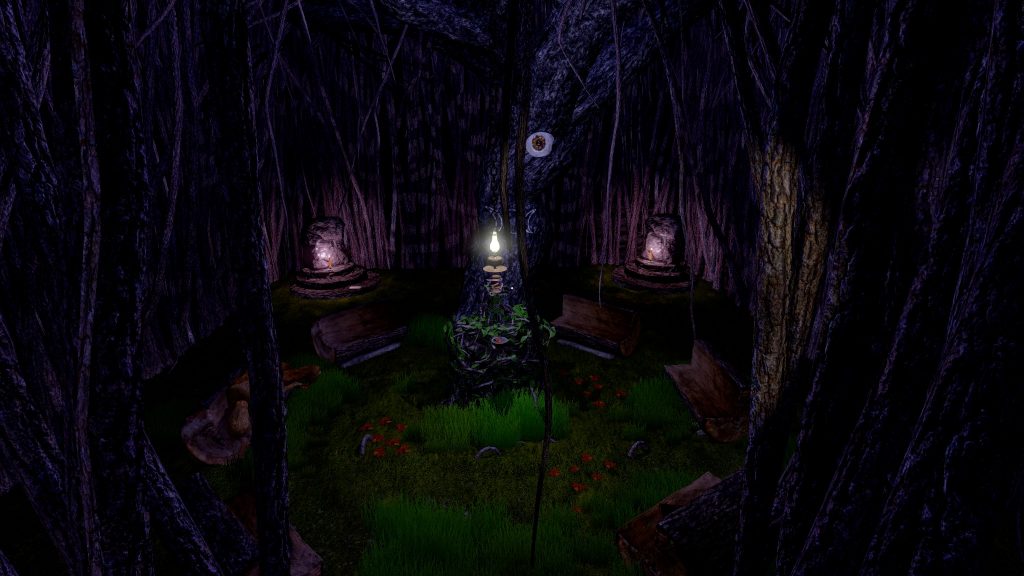




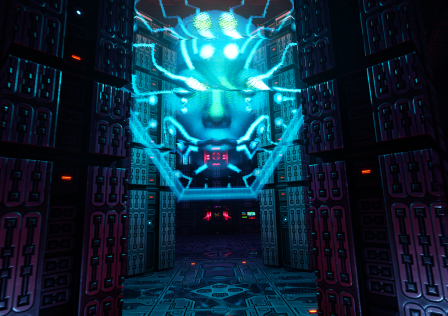

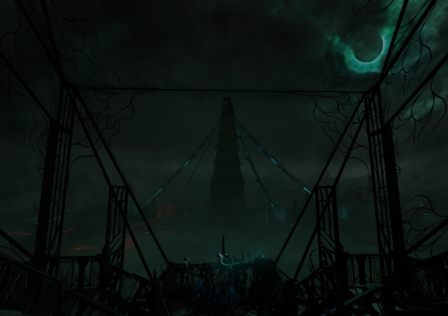
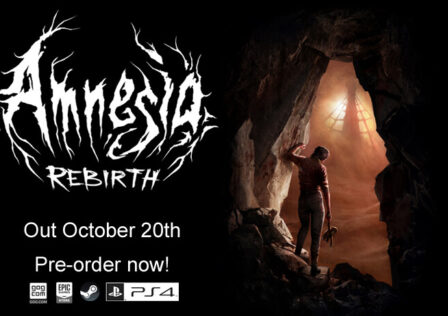
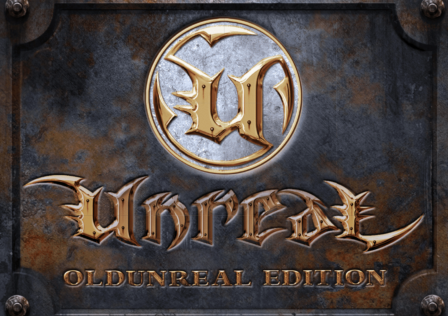
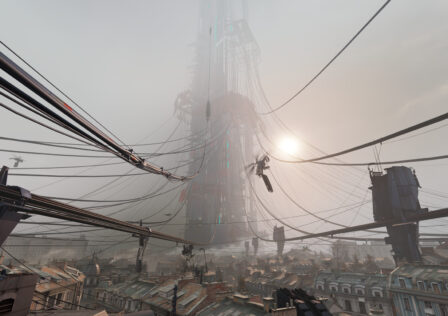
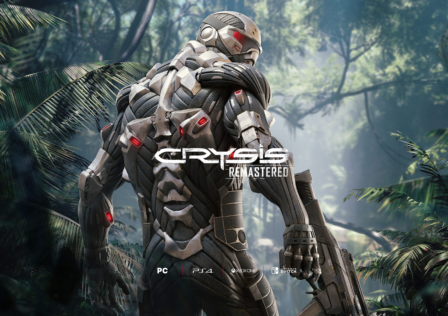


[…] design. It’s one of the absolute scariest games ever made, along with Penumbra, Cry of Fear, Anna: Extended Edition, and Underhell, exceeding the standard set by Silent Hill in this […]
[…] terrifying yet beautiful game, Anna: Extended Edition is set in the Italian Alps. The location is a house/sawmill, modeled after a real one. See these […]
[…] stopped at the very end, without being able to advance. This is different than other games such as Anna: Extended Edition, which gives you false endings if you miss something. But The Vanishing of Ethan Carter is open […]
[…] make. They use sounds really, really well to make the game send chills down your spine, almost like Anna: Extended Edition or the classic Silent Hill […]
[…] off our top three is Anna: Extended Edition; the entire house location to be more specific. I once called this game “the creepiest game […]
[…] Oh now I remember… […]